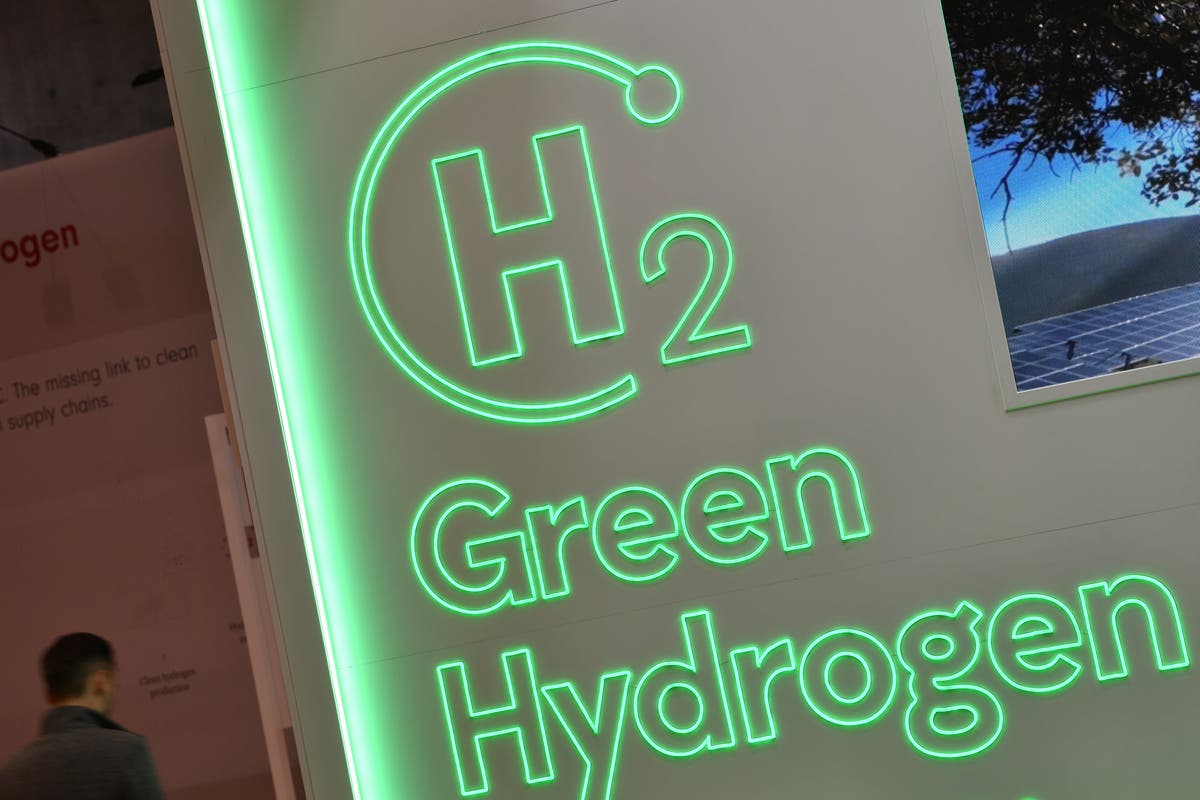Small fraction of hydrogen trapped under Earth can power humanity for centuries, scientists say
Share:
US Geological Survey researchers say there could be 5.6 trillion metric tonnes of hydrogen in rocks and underground reservoirs. Earth’s subsurface holds trillions of tonnes of hydrogen gas, enough to fuel human activities for nearly 200 years and break our dependence on fossil fuels, a new study suggests.
US Geological Survey researchers say there could be 5.6 trillion metric tonnes of hydrogen in rocks and underground reservoirs. While the study, published earlier this month in the journal Science, acknowledges that most of this hydrogen reservoir could be inaccessible, it estimates that harvesting just 2 per cent could power humanity for about two centuries.
A growing body of research is touting hydrogen as a clean energy source that could well replace fossil fuel in vehicles, industrial processes and in electricity generation. The gas is projected to make up nearly a third of the future energy supply in many sectors with its global demand expected to rise fivefold.
Previous studies have shown that hydrogen can be produced by splitting water molecules using electricity, leaving behind oxygen and hydrogen. Natural chemical reactions in rocks are known to release hydrogen but, until recently, very little was thought to be produced this way.
This changed when geologists found huge natural reservoirs of hydrogen gas in Albania and West Africa. Now, researchers are using a model accounting for the rate at which hydrogen is produced underground by natural processes to estimate the volume of the gas that could be trapped in the subsurface.






















